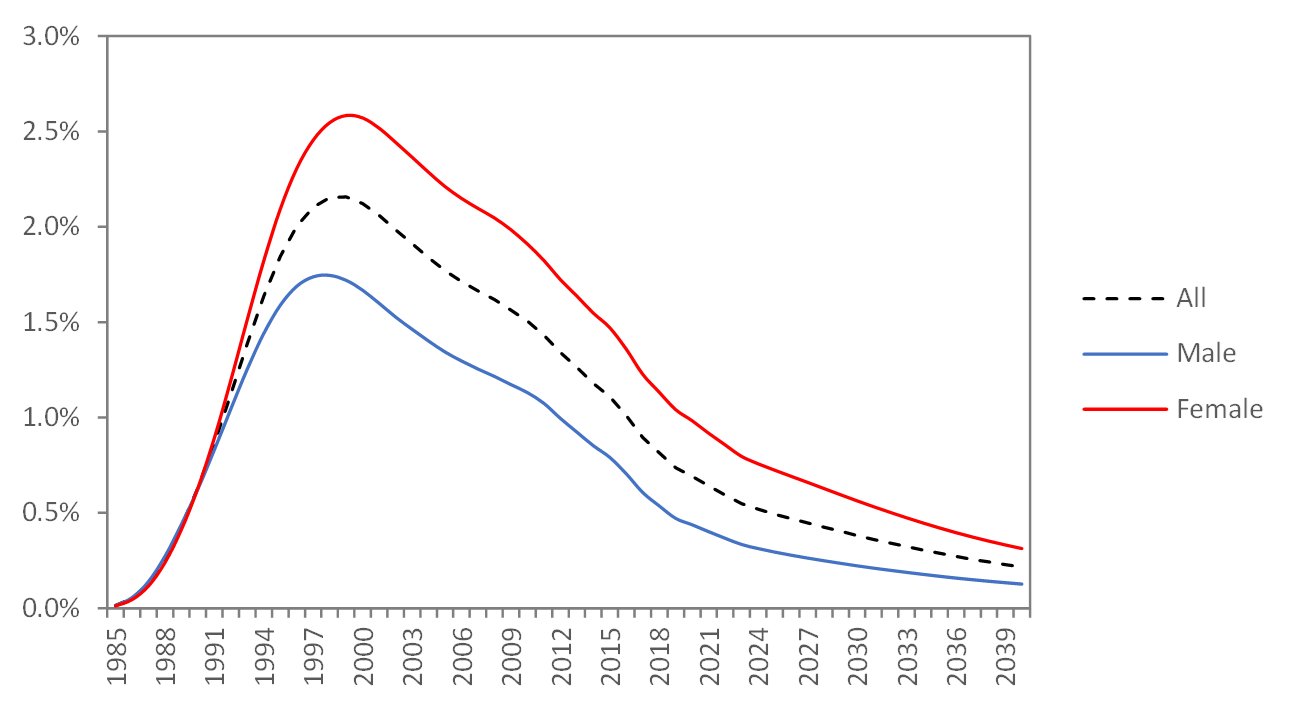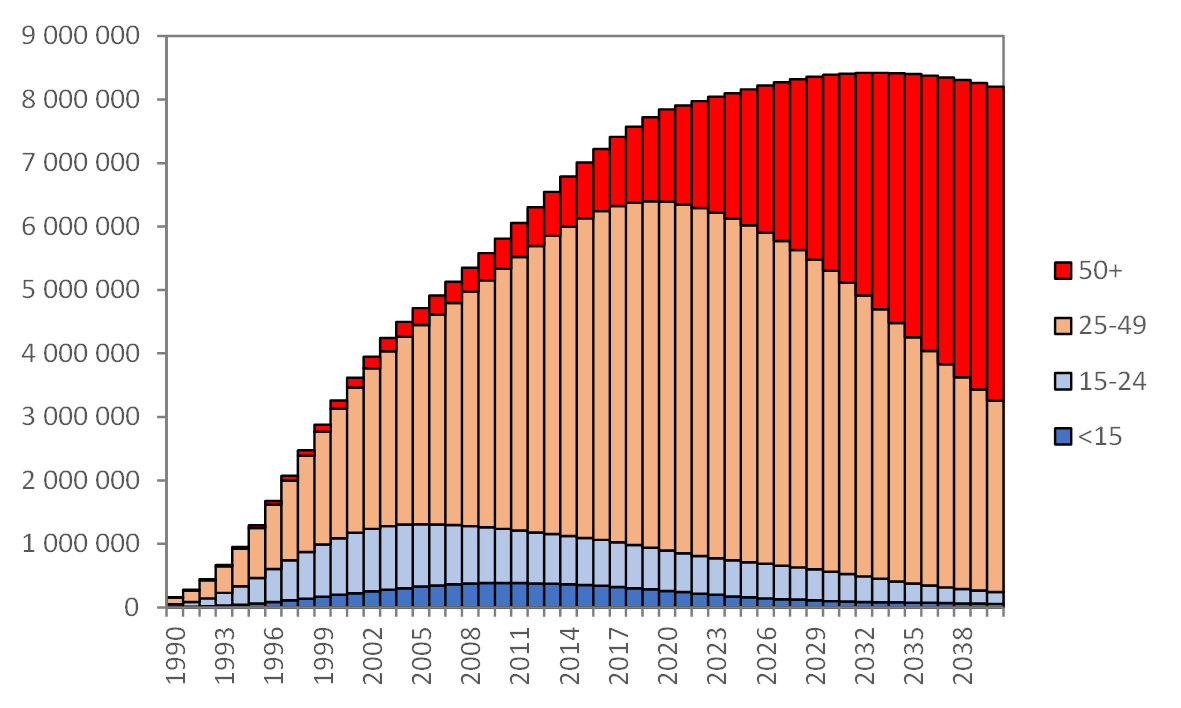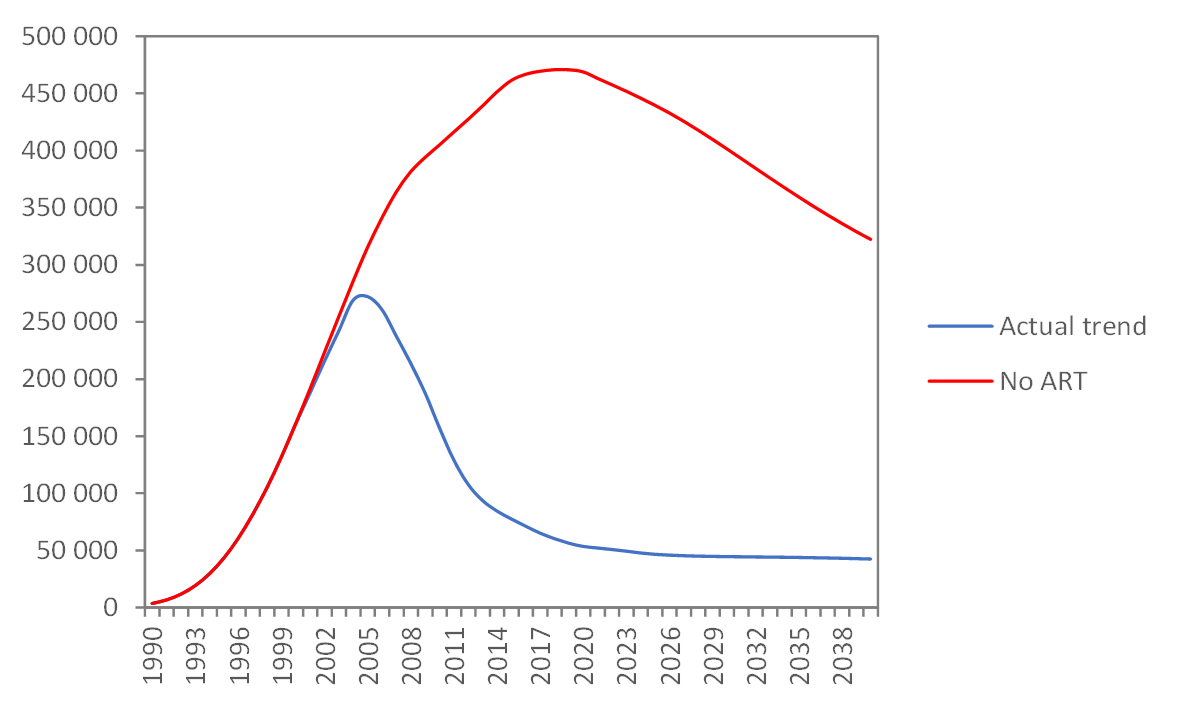
How maths helped South Africa tackled HIV
A mathematical model played a vital role in the struggle for access to HIV medicines in the 2000s. It showed that antiretroviral medicines would save millions of lives. And studies based on the model showed it would be affordable. Activists used it to advocate for treatment and eventually policymakers were persuaded. UCT epidemiologist Dr Leigh […]

A mathematical model played a vital role in the struggle for access to HIV medicines in the 2000s. It showed that antiretroviral medicines would save millions of lives. And studies based on the model showed it would be affordable. Activists used it to advocate for treatment and eventually policymakers were persuaded.
UCT epidemiologist Dr Leigh Johnson was one of the developers of the model. He delivered the third Science for the People seminar, hosted by GroundUp and Bertha House, on Friday.
Johnson explained how mathematical modelling helps policymakers and the public understand diseases and predict the outcomes of health programmes. Although much of his talk looked at HIV, Johnson gave examples of how models help us understand more about other diseases too, such as TB, cervical cancer and diabetes.
Epidemiology is the study of the causes of disease, Johnson explained. Epidemiologists look at a range of factors — lifestyle, climate, genetics, and access to healthcare — and use models to explain how diseases spread and determine the best ways to stop them.
Using the HIV epidemic as an example, Johnson presented several graphs from the Thembisa model to demonstrate how mathematical modelling is used.
Annual HIV infections are declining

The graph above shows how HIV incidence (the percentage of the population that becomes infected with HIV per year) in people aged 15 to 49 has passed its peak. The decline in incidence is mostly thanks to the rollout of antiretrovirals, Johnson explained.
As the rollout of antiretrovirals and other preventative interventions continues, incidence is expected to further decline over the next 15 years. The graph also shows that the gap between males and females contracting HIV is becoming smaller.
An ageing epidemic

With this graph, Johnson demonstrated how HIV is becoming more prevalent in people over the age of 50. This is mainly because people who are infected with HIV are able to live longer thanks to antiretrovirals, Johnson explained.
The number of people living with HIV has grown over the past decade because far fewer people are dying of AIDS. Instead, people with HIV are living longer as antiretrovirals extend life expectancy close to normal when started early.
How antiretrovirals are saving lives

This graph shows how antiretrovirals have saved millions of lives and will continue to do so. AIDS deaths peaked in 2005, and dramatically declined with the rollout of antiretrovirals. AIDS deaths have now plateaued.
The Science for the People series is open to the public. Attendance is free of charge. Watch GroundUp’s social media accounts for notice of the next seminar.
Published originally on GroundUp | By Daniel Steyn
